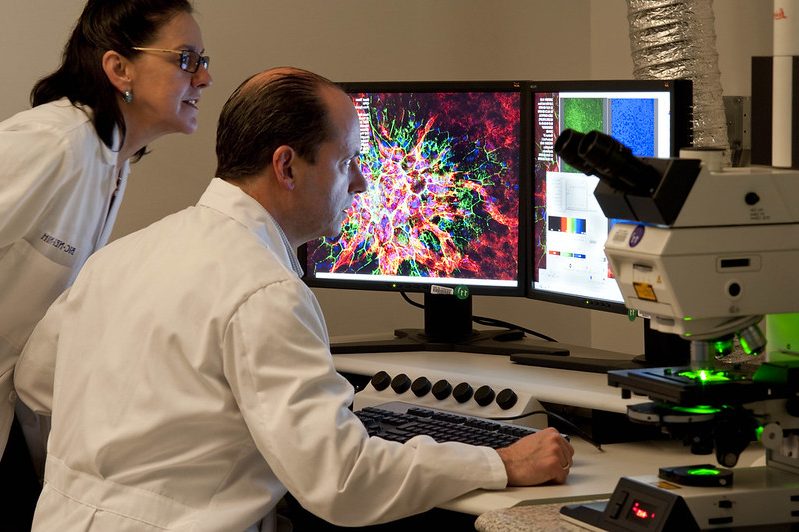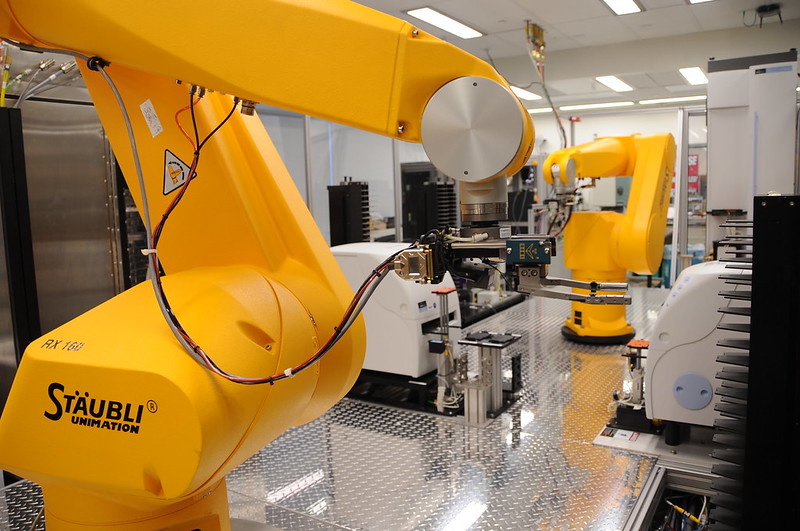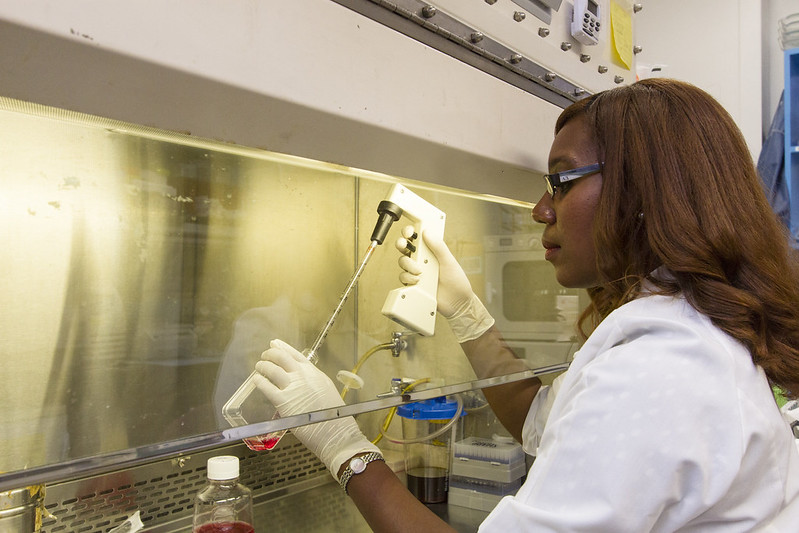Healthy Funding: The Critical Role of Investing in NIH to Boost Health and Lower Costs
A 2019 report authored by Robert Atkinson, Ph.D., President of the Information Technology and Innovation Foundation (ITIF) concluded that “NIH funding is critical to improving health outcomes and reducing the societal costs of illnesses. Congress should increase the NIH budget and then maintain regular, steady increases.”
Findings include:
- Public funding for the National Institutes of Health (NIH) has been critical to discovering new medicines and treatments, improving quality of life, increasing lifespans, and reducing costs to society from illness.
- NIH funding increased 64 percent between 1990 and 2019. But funding as a share of GDP peaked in 2003 and declined through 2015. NIH funding as a share of GDP in 2019 is still 12 percent below 2003 levels.
- NIH funding overall plays an important role, not only in biomedical innovation, but in enabling a competitive U.S. life sciences industry, and the millions of good-paying jobs associated with it. In fact, while overall manufacturing jobs have declined in the last two decades, the number of biopharmaceutical industry jobs has grown. As such, increasing NIH funding is important not only to improving the health of Americans but in reducing health care costs and spurring global life sciences competitiveness.
- There is little risk of increases not being used productively. Even with the recent increases, there is clear evidence that increased funds would have been used productively. For example, in FY 2018, just 17.8 percent of R01 research grant applications were funded, compared with 24 percent in FY 2003. Harold Varmus, former director of NIH, has argued that NIH could approve around one-third of applications and still fund the best science.
- NIH researchers contribute new-to-the-world life sciences research. Over 115,000 scholarly articles published in 2016 acknowledged NIH grant support. Moreover, each R01 grant, the most common type of NIH research project grant, leads to an average of 7.36 published research articles. These grants are subsequently cited by other researchers: It is estimated that each NIH research grant leads to an average of almost 300 citations in academic literature. The groundbreaking life sciences research supported by NIH is attested to by 153 NIH-supported researchers having won Nobel Prizes.
- NIH-funded basic life sciences research—for instance, into understanding the fundamental processes by which diseases develop and are transmitted, or identifying novel biomarkers signaling the presence of a disease—creates a platform for innovation that has laid the groundwork for not only the discovery of new medicines, but also new tests (e.g., blood tests for biomarkers), new procedures (e.g., improved cardiac stents that substitute for surgery), and new equipment (e.g., gene sequencers). It has supported discoveries that have contributed to a reduction in both deaths from cancer and rates of disability due to stroke, heart disease, hepatitis B, and osteoporotic fractures. NIH-supported research has also led to the development of anti-AIDS drugs; the discovery of neurotransmitters and then antidepression treatments that leverage selective serotonin reuptake inhibitors (SSRIs); and treatments that reduce scar-tissue formation.
- NIH’s SBIR program funds early-stage small businesses that are seeking to commercialize innovative biomedical technologies, and plays a key role in America’s innovation system, particularly in the life sciences sector. A number of groundbreaking life sciences start-ups got a kick start from SBIR, including Genzyme (biotech therapies), Affymetrix (GeneChip), Amgen (biopharmaceuticals), Jarvik Heart (artificial heart), Biogen/Idec (neurological, autoimmune therapies), Millennium Pharma (gene databases), Geron (telomerase inhibitors for cancer treatments), and Neocrine Bioscience (neurological and endocrine pharmaceuticals).
- If the only thing federally funded biomedical research resulted in was better health, it would be appropriate to classify it, for budget terms, as an expenditure. In fact, biomedical research leads to new drugs that reduce total costs in society, and as such deserves to be classified as an investment—in the sense that money spent today yields societal returns tomorrow. Lichtenberg estimated a social return from pharmaceutical innovation of 67.5 percent.61 In other words, every dollar spent generates $1.67 in benefits. Another study estimated the total social return from biomedical research (public and private) is 150 percent, implying that society would benefit from a significant increase in research spending.
- Finally, the United States cannot afford to depend on foreign nations such as China for drugs. As the Government Accountability Office has noted, there are problems with the safety and efficacy of drugs from China. In addition, the Defense Department has a keen interest in ensuring a domestic supply of, and not being reliant on a potential adversary for, certain drugs. Robust NIH funding helps ensure America is not overly dependent on potential adversaries.
According to the report, “In short, increasing NIH funding such that it reaches the same R&D-to-GDP ratio as after its doubling in 2003—and continuing to increase it at a slightly faster rate than nominal GDP growth—will yield dividends for the U.S. economy for generations to come in the form of better health and more cures, reduced health care costs, and a vibrant and globally competitive U.S. life sciences industry.”
A full copy of the report is available here.




